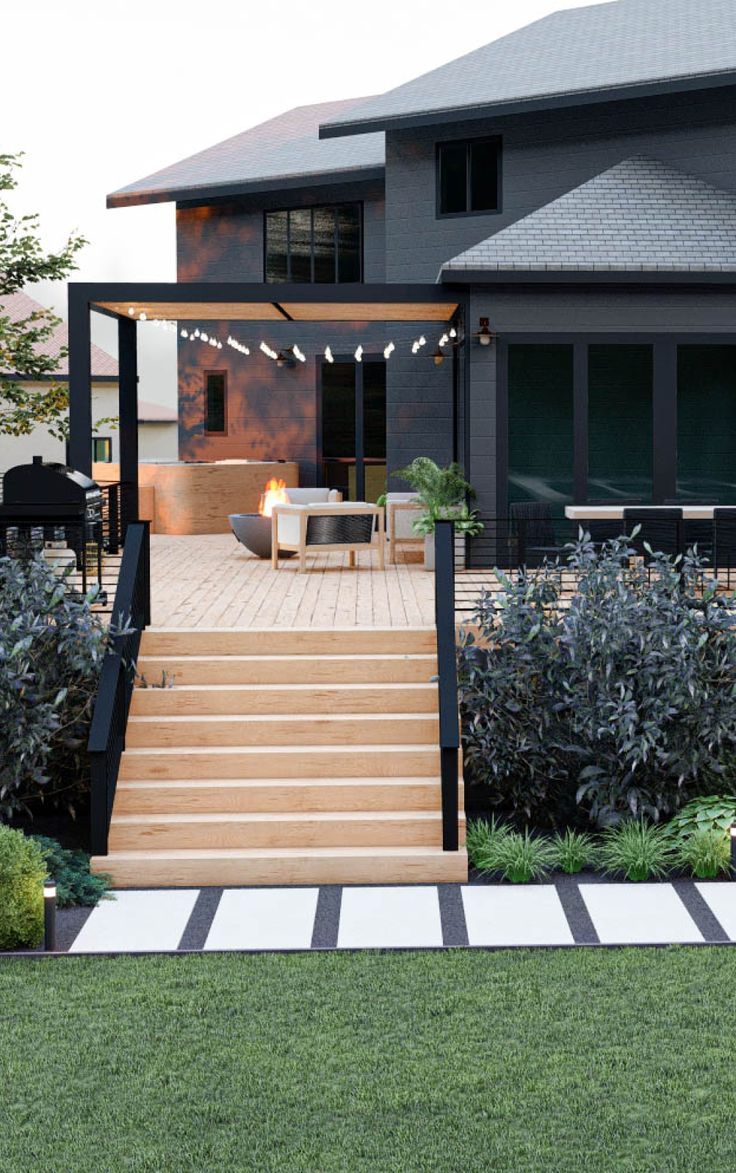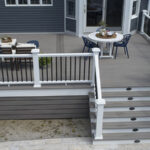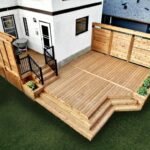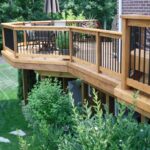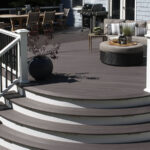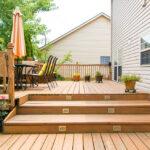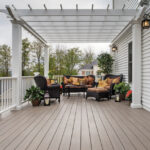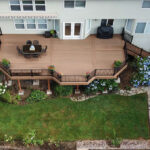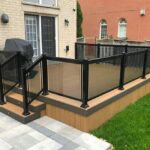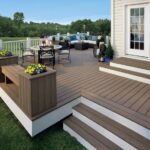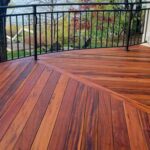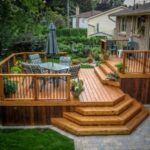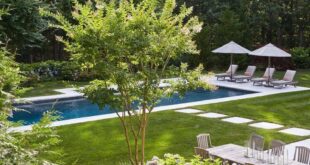When it comes to designing a deck, there are countless possibilities to consider. From the layout and size to the materials and color scheme, every detail plays a role in creating a beautiful and functional outdoor space. One popular design trend is the use of multiple levels to create different zones for dining, lounging, and even gardening. This not only adds visual interest but also enhances the overall usability of the deck.
Another important aspect of deck design is the choice of materials. While traditional wood decks remain a popular choice, composite decking has gained popularity in recent years due to its durability and low maintenance requirements. Additionally, options like PVC and aluminum offer even more versatility in terms of color and texture, allowing homeowners to create a custom look that suits their style.
Incorporating elements like built-in seating, planters, and lighting can also enhance the functionality and aesthetics of a deck. Built-in benches or seating walls not only provide additional seating options but can also define different areas of the deck. Meanwhile, planters and container gardens add a touch of greenery and can be used to create privacy or screen unsightly views. Lighting, whether it’s integrated into the deck or added with fixtures, can extend the usability of the space into the evening hours.
When it comes to color and finishes, the options are endless. Staining or painting wood decks in a custom color can add a personal touch and tie the deck into the overall design of the home. For composite decking, manufacturers offer a wide range of colors and finishes that mimic the look of natural wood but with the added benefit of increased durability. Mixing and matching different materials and finishes can create a visually dynamic and cohesive look that sets the deck apart.
The layout and flow of a deck are crucial to its overall success. Consider how the deck will be used and how people will move through the space. Incorporating traffic patterns, seating arrangements, and outdoor furniture placement into the design can help ensure that the deck is not only beautiful but also functional. In addition, creating designated areas for cooking, dining, and lounging can help maximize the usability of the space.
Ultimately, the key to a successful deck design is to create a space that reflects the homeowner’s style and meets their needs. Whether it’s a small, intimate deck for relaxing or a large, multi-level deck for entertaining, the possibilities are endless. By carefully considering all aspects of the design, from layout and materials to color and finishes, homeowners can create a deck that not only enhances their outdoor living space but also adds value to their home.
